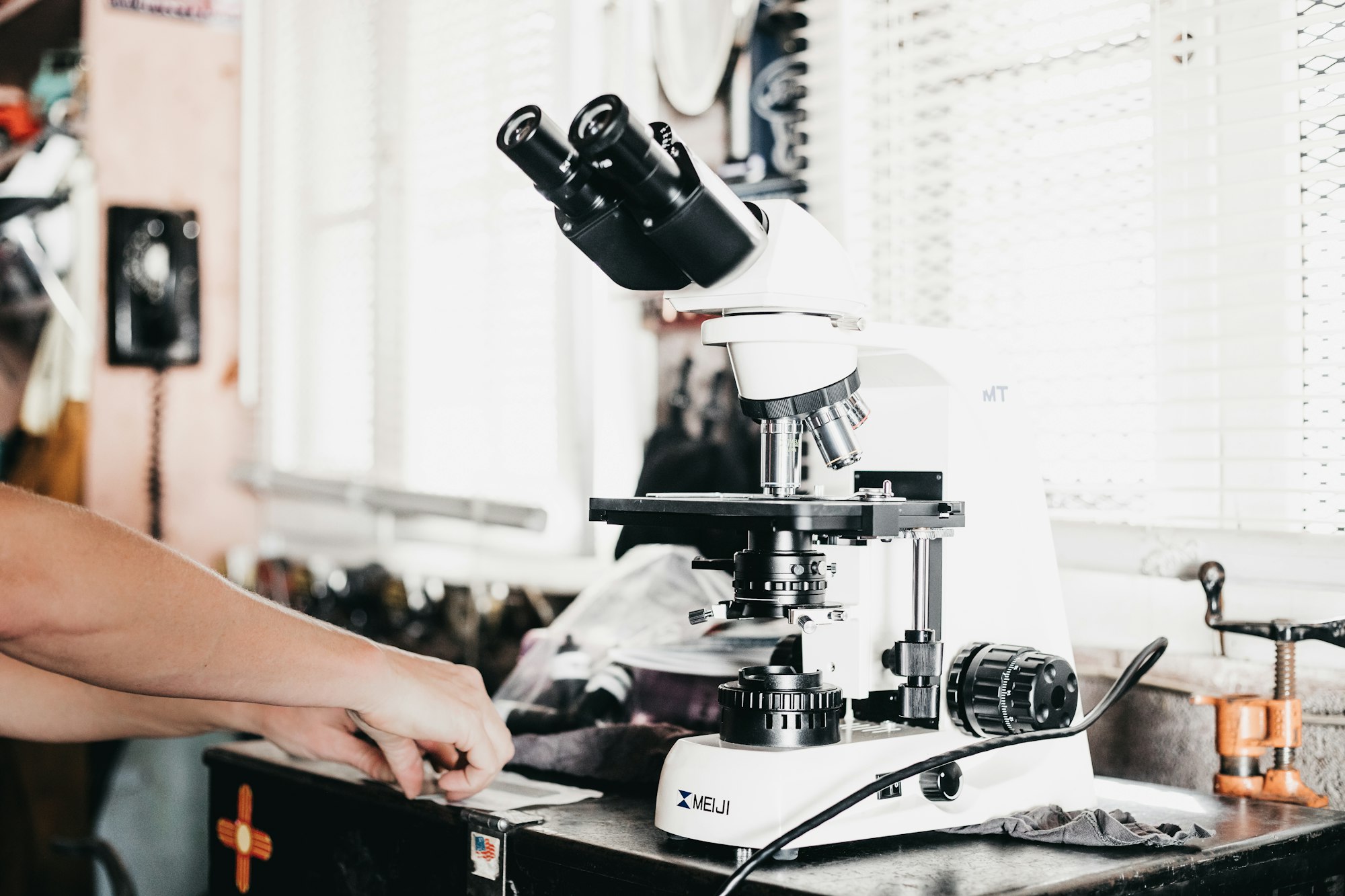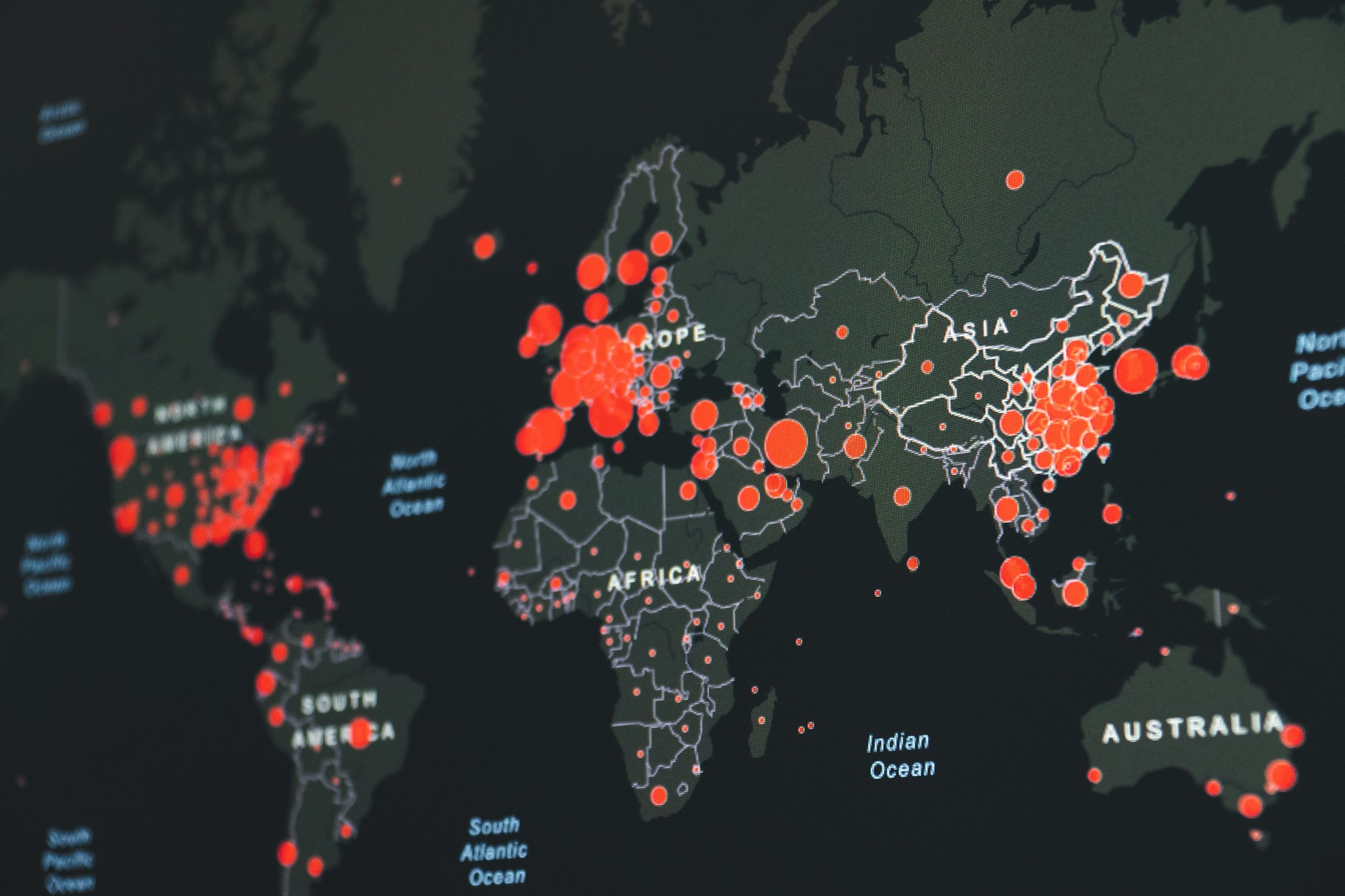The unreasonable effectiveness of flipped learning in pandemic-era higher education

It seems like flipped learning is making a comeback (although I'd echo LL Cool J's sentiments about that) thanks to the Covid-19 pandemic. Back in 2019, I noted that for the first time there was a drop in the level of published research on flipped learning. My level of activity with giving talks and workshops on flipped learning had also slowed. But once Covid-19 and the Big Pivot happened in March, I got a big uptick in the number of webinar invitations I was getting, to speak and train others about flipped learning. And as Covid-19's effects on higher education have continued, many people — like the author of this Reddit post — have started seeing flipped learning as a desirable way to do teaching as we move forward.
What's behind all this? Flipped learning was never really supposed to be connected with remote teaching or online learning; in fact when I wrote my book and included almost a whole chapter on flipping online courses, I got a lot of funny looks from people in higher education who felt flipped learning and online learning couldn't coexist. But working with faculty over the summer through some of those webinars, I began to get a read on the answer.
Maybe this is predictable for me, but it has to do with definitions. According to the definition of flipped learning in my book,
Flipped Learning is a pedagogical approach in which first contact with new concepts moves from the group learning space to the individual learning space in the form of structured activity, and the resulting group space is transformed into a dynamic, interactive learning environment where the educator guides students as they apply concepts and engage creatively in the subject matter.
That sounds like a lot of education-ese. In regular English, flipped learning is about a focused and intentional use of the time that instructors and students have together. It's not about making or watching videos, giving worksheets in class, or whatever. It's about making the most of the time we have, when we are present with students. You could say that flipped learning is about really being present with students as much as possible.
I think that leads to three reasons why the idea of flipped learning resonates today:
- Now more than ever, we understand how valuable and precious face-to-face or synchronous time with our students really is. We are, for the first time perhaps in the history of higher education, operating on a scarcity model of co-presence. We're going to incredible expense — and for those of us teaching face-to-face, putting ourselves at risk for illness, long-term health problems, even death — to carve out 2-4 hours a week where we can be in the same place at the same time with our students. Therefore there's a strong sense that we can't waste this time on low-powered teaching practices that could be done anywhere. That time is bought with a price. It's on us to find ways to use it to teach in ways that honor the risks that people are taking to purchase it.
- And to avoid wasting this time, we understand now that we have to be intentional about what we do with both face-to-face/synchronous and outside-of-class/asynchronous contexts. In order not to waste the time we have, we have to be more mindful than ever of what we do in each context. Flipped learning, again, is really about making the strongest possible use of the time we are present with students; and in order to do that, we have to think very carefully about what students are going to do while we're together, and therefore what they are going to do when we're not together. Put differently: Every week I have three 50-minute sessions with my Discrete Structures students. We can't do everything required to meet the learning objectives of the course in those sessions. So what will we do, and what will we not do, while we're together? Higher ed isn't used to thinking in those terms; it's always more on top of more, What will we add onto an already overloaded schedule? and never What are we going to remove? Flipped learning challenges this, and forces us to be mindful and intentional about all phases of learning but especially with the precious F2F/synchronous time we have.
- Maybe most importantly for faculty, we now realize that this is not just a "moment" but a turning point in higher education, and we need something that can be sustainable for the future. I am optimistic that soon, we'll have safe and effective Covid-19 vaccines that will allow us to dial back the Big Pivot in higher ed at some point in 2021. But as much as we may dial that back, we are never turning back the clock. Like it or not, online and hybrid instruction is here to stay, perhaps even on a level that is co-equal with face-to-face instruction pre-Covid. So that feeling of existential exhaustion that so many faculty express from Fall 2020 is something that we are going to have to come to grips with, and soon, because the underlying cause is not going away. We need a method of course design and teaching that is not only "safe and effective" for students but also sustainable in the long term for faculty. Flipped learning provides this. In fact, my book originated from this resource (freely available) the precise purpose of which was to structure the flipped design process into a repeatable, sustainable, almost automated workflow that any instructor could use on a daily basis and not have to work so hard.
After the Big Pivot, I noticed that colleagues who had employed some form or degree of flipped learning before the Pivot had very little difficulty adjusting to remote teaching, even if they'd never taught an online course before. Maybe that's what people are seeing — that flipped learning is a resource hiding in plain sight, that can be adapted readily and effectively to help both students and faculty not only survive but thrive in our present moment in higher education. I certainly hope so, not only as a proponent of the flipped learning idea but as a classroom instructor looking for the best possible solution for myself, my colleagues, and my students.


